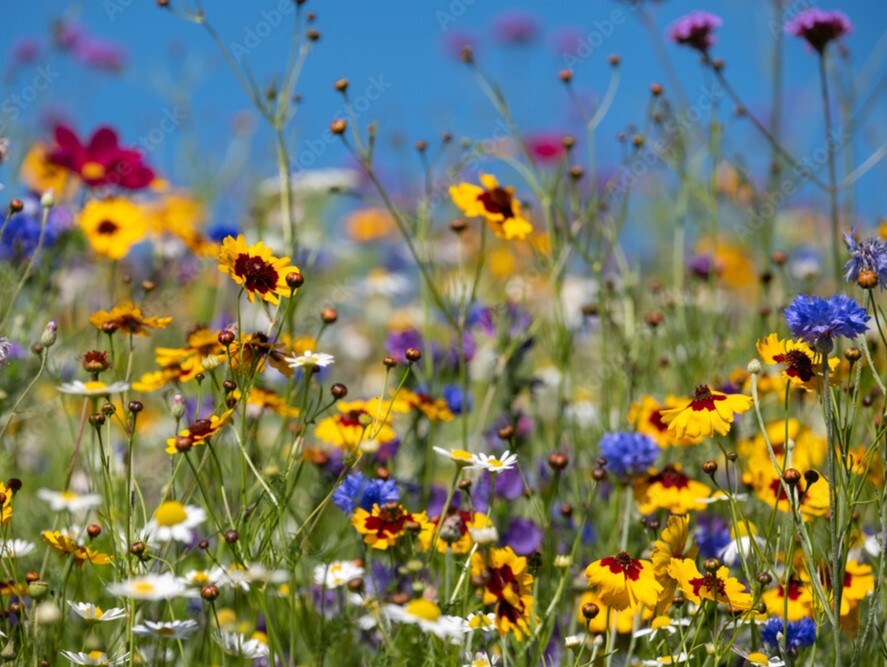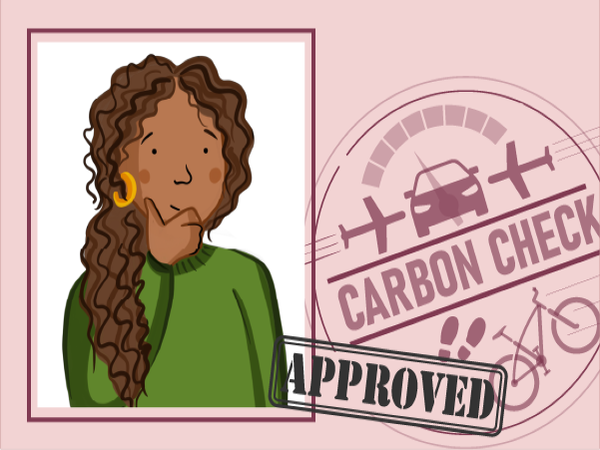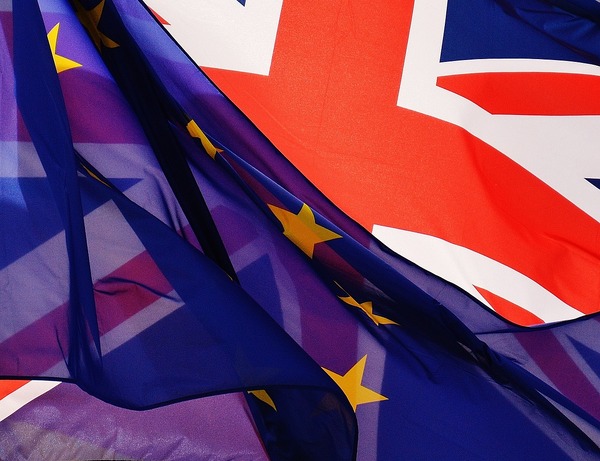You are viewing 1 of your 3 free articles for this month.
Get the knowledge: How products impact biodiversity
There is a clear connection between biodiversity and the health of people and the planet, but biodiversity is diminishing fast. Thinking about how and what we consume, especially when it comes to our diets and the use of plastics, is important. With one in four species under threat of extinction, governments are starting to respond, but manufacturers and retailers need to make sure that the products and services the offer protect our invaluable ecosystems.
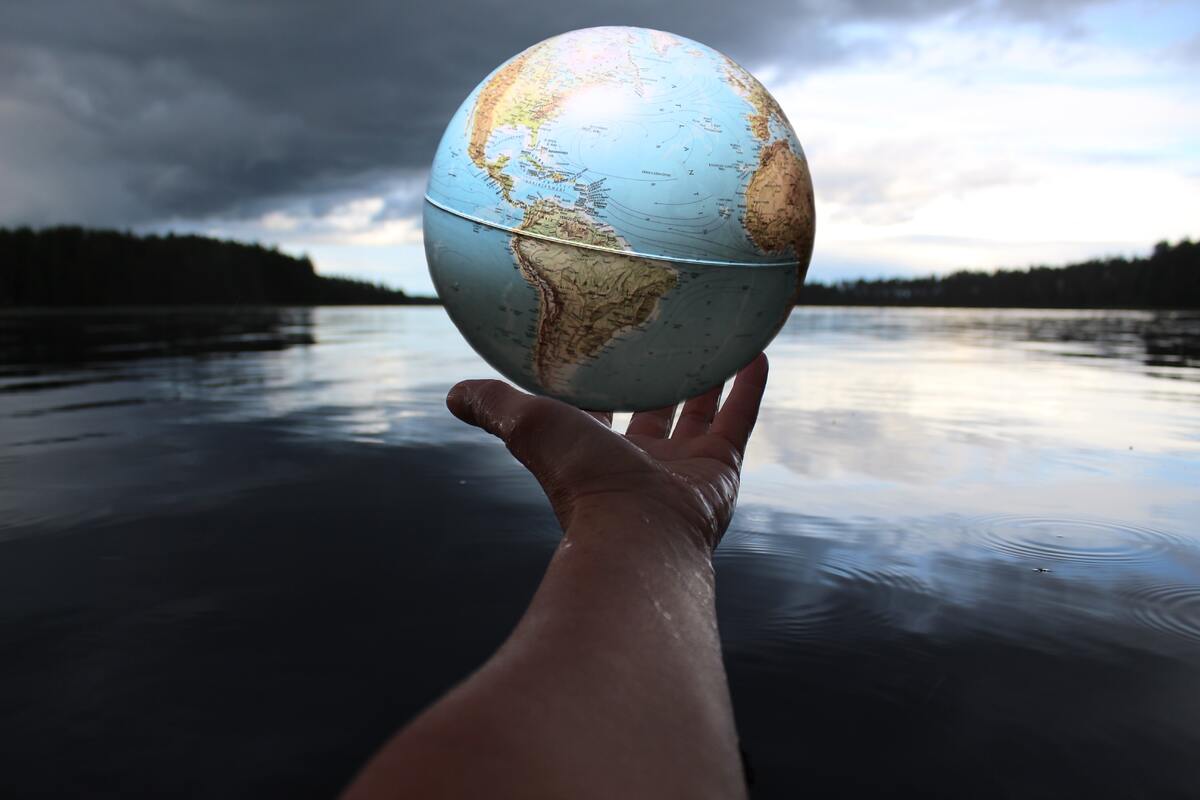
In Hawaii, coral reefs have been killed by the chemicals found in sunscreen. In Cambodia, questions have been raised about the deaths of thousands of fish in the Prek Tnort river. Across the Amazon, deforestation for cattle ranching, oil drilling and soybean production is destroying the habitats of many plant and animal species.
This loss of biodiversity can have "an adverse impact on human health,” says Rattan Lal, professor of soil science and director of the CFAES Rattan Lal Center for Carbon Management and Sequestration. “Water quality, air quality, quality of food produced, health of the animals and people; everything is interdependent.”
For example, overfishing, pollution and climate change can affect the quality and quantity of rivers. According to WWF, a third of global food production depends on our river systems, as does 40% of global fish consumption.
But despite the interconnected nature of people and the planet, the human population continues to cause damage to biodiversity.
What is biodiversity?According to the World Wildlife Fund, biodiversity is animals, plants, fungi and microorganisms that make up the natural world and its ecosystems. “Biodiversity supports everything in nature that we need to survive: food, clean water, medicine and shelter.” |
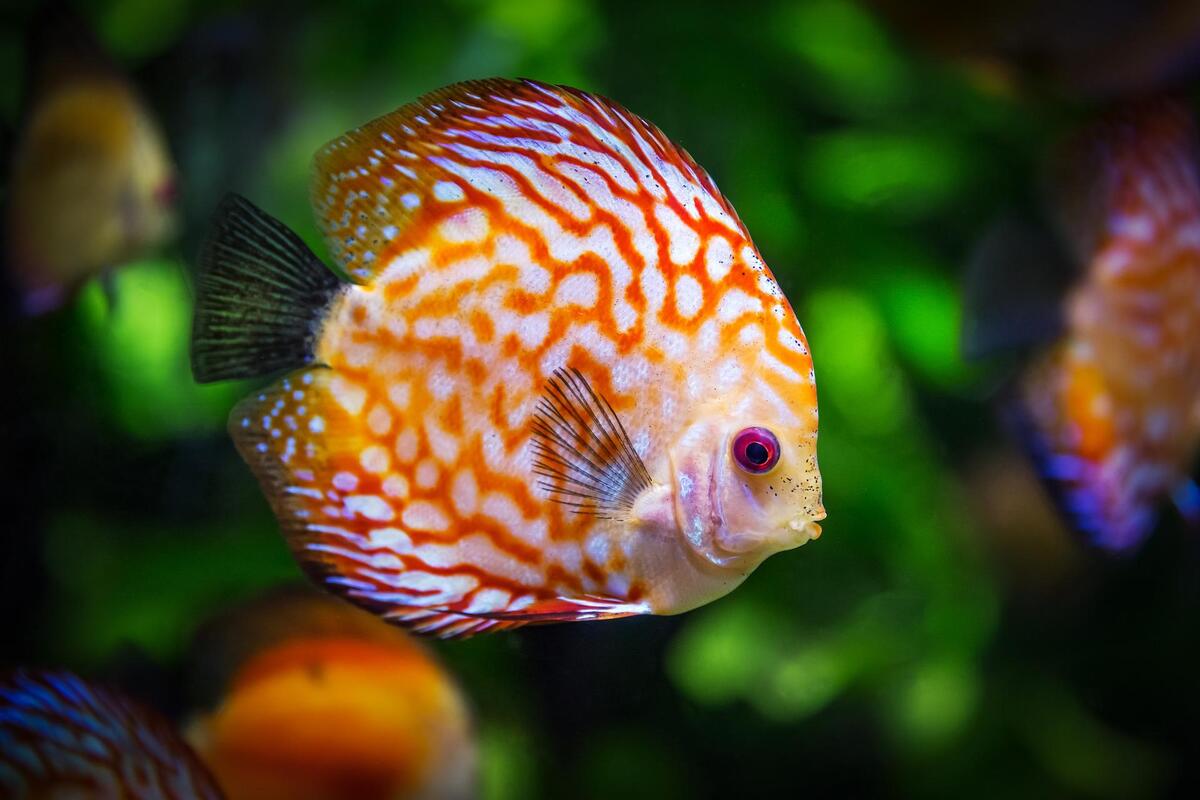
WWF’s 2022 Living Planet Report and Index shows there’s been an average 69% drop in wildlife populations around the world since 1970, with a staggering 94% decline in Latin America and the Caribbean. Africa has seen a 65% decrease, Asia Pacific has seen a 45% decrease, North America has experienced a 33% drop, and Europe and Central Asia has seen a 24% decline.
According to the report, the biggest culprits to such loss are changes in land and sea use, species exploitation, invasive species and disease, pollution and climate change. The Stockholm Resilience Centre cites the growing demand for food, water, and natural resources as a contributing factor.
According to Matthew Maltby, senior programme manager at non-profit organisation Winrock International, "Consumerism has driven biodiversity loss over the past few decades to a tipping point."
According to The Environmental Justice Foundation, examples of this loss include:
- Overfishing in Thailand to meet demand for wild-caught seafood in the US has significantly driven down the numbers of fish available.
- Deforestation for beef production, palm oil, soybeans, paper and wood can impact animal and plant species whose habitats are destroyed.
- Pesticide use on crops such as corn, soybeans, wheat, and cotton contaminates soil and water sources.
- Microplastics found in tyres and textiles, personal care products and plastic pellets can kill marine ecosystems.
On a macro level, consumerism has driven biodiversity loss over the past few decades to a tipping point
Decision-makers have long been aware of how the demand for products can negatively impact the environment. Back in 1992, for example, 150 government leaders at the 1992 Rio Earth Summit signed the Convention on Biological Diversity, while in 2010, governments signed up to the Aichi Biodiversity Convention, which set 2020 targets in a bid to safeguard ecosystems, species and genetic diversity.
In 2012, the Intergovernmental Science-Policy Platform on Biodiversity and Ecosystem Services was established "to strengthen the science-policy interface for biodiversity and ecosystem services for the conservation and sustainable use of biodiversity, long-term human well-being and sustainable development.” This led to 185 countries alongside the European Union committing to reduce national greenhouse gas (GHG) emissions via their Nationally Determined Contributions as part of the Paris Agreement in 2015, which details “the importance of ensuring the integrity of all ecosystems, including oceans, and the protection of biodiversity.”
However, many of these efforts have failed to meaningfully address the root causes of biodiversity loss, and it remains a consistent phenomena. In 2022, according to the International Union for Conservation of Nature’s (IUCN) Red List, one in four species remains at risk of extinction.
This has led to more concerted efforts in recent times. In December 2022, for example, the UN-led global biodiversity conference in Montreal saw nearly 200 countries agree to protect nature in 30% of the world’s land and sea by 2030, protect indigenous rights, and reform environmentally-harmful subsidies, among other critical commitments (read more about the historic ’30 by 30’ deal). Then in March 2023, UN delegates finally agreed on a ’High Seas Treaty’ that will protect vital ocean ecosystems in areas previously considered ‘out of sight and out of mind’ (read more about the legally-binding accord).
These regulations will bring important focus to biodiversity issues in a legislative content, but consumers have a role to play, too. By leveraging purchasing power and making informed decisions about the products you buy, you can help to influence brands and companies to do more to take care of our natural environment, creating a ripple effect throughout industry.

Consumer level action
- Use your purchasing power
“The first step towards being an eco-conscious consumer is to always evaluate the importance of a particular purchase,” said Steve Brunn, senior director of private sector engagement at Winrock. “If you do need a particular item – let’s say that t-shirt or a pair of shoes – always opt for high-quality products that will last both in terms of style and durability. This will reduce your overall consumption and impact on the environment.”
He also advisees looking for certifications that indicate whether a product is produced in a way that minimises the impact on the environment. For example, the Rainforest Alliance certificate for coffee means the beans are produced using “climate-smart and regenerative growing practices” that promote rather than harm the environment. A Forest Stewardship Council certification on wood and paper means it has been produced with responsible management of forests in mind. The Soil Association symbol signifies that a product – perhaps a Botanicals face cleanser or Pukka tea – has been made using natural resources and organic, natural or naturally-derived substances.
“These products are not only better for the environment but are also generally better for the people producing the product and for your own personal wellbeing,” says Brunn.
- Be aware of biodiversity issues
Consumers should also be aware of the land care issues involved with growing certain products so that they can raise their voice “either through their consumer choices or putting pressure on their governments,” says Sonja Vermeulen, global director of food security research partnership GGIAR and commissioner responsible for the EAT-Lancet report on food, planet and health.
Some initiatives that are already being rolled out by governments include Australia’s Carbon Farming Initiative which sees land-use managers receive carbon credits in return for increasing carbon in the soil or reducing greenhouse gases, and Costa Rica’s National Payment for Environmental Services programme, which rewards farmers’ good management of water run-off.
Brunn explains that there is a growing focus on regenerative systems that incentivise stakeholders to act in ways that restore ecosystems, build livelihoods, as well as mitigate and adapt to climate change risk. For example, in the US, Winrock is helping transition farmers toward increased grazing of livestock. “[This] has multiple positive impacts for soil health, carbon sequestration, extreme weather resilience, farmer profitability, community development, ecosystem restoration, animal health, and food nutrient content,” Brunn says.
- Adopt a more sustainable diet
WWF‘s Live Well campaign calls for individuals to opt for healthier and more sustainable diets that embrace nature-positive food production by reducing water use, decreasing pollution, restoring biodiversity, and decreasing GHG emissions through better soil and manure management.
In practice, this might mean adopting what Vermeulen calls a “planetary health diet". A plant-forward diet, the emphasis here is on eating more whole grains, fruits, vegetables, nuts and legumes with meat and dairy constituting a smaller part of the diet.
Vermeulen also believes governments should implement policies to support the development of alternative crops that might be more resilient to climate change and food crises. As it stands, half of the calories consumed by people come from the same three crops: rice, wheat and maize. Opting to eat a different grain, such as millet or bulgur, will help reduce this dependency, she says.
- Reduce demand on ecosystems through consumption choices and cutting waste
“This can mean using reduced water options when washing clothes or dishes, or simple actions like reducing food waste and ensuring you make use of all food that you buy or donating food that you cannot use,” Brunn says.
The United Nations Environment Programme (UNEP) reports that a staggering one third of all food produced is wasted or lost. “In developing countries it happens from the farm gate to the grocery store and in developed countries… it happens from the grocery store to the kitchen table,” explains Vermeulen. Thinking more consciously about the amount of food you consume can help mitigate this impact..
When it comes to recycling, Joshua Palfreman, director of the ocean plastics and solid waste management practice at development consultancy DAI, says consumers must be wary of the ’recyclable’ symbol. According to Palfreman, the label is "too liberally" placed on all types of plastics, including multilayer polymers that are extremely difficult to recycle. These include opaque PET bottles or plastics with high concentrations of calcium carbonate. “No recycler in their right mind would buy back and process these multi-layer ’problem plastics’,” he says (read more about problem packaging and how to deal with it).
Consumers can make a really big difference but only when manufacturers and retailers make sustainable alternatives available
Instead, he advises, “consumers could seek out more sustainable alternatives, focusing on transparent PET bottles, or glass, metal, and refillable beverage container options,” noting that “consumers can make a really big difference but only when manufacturers and retailers make sustainable alternatives available."
This article was originally published on 11/07/2022 but has been updated to reflect the latest research and developments in this area.
Check it out
For more information on these issues:
The Convention on Biological Diversity. The 2010 Aichi Biodiversity Convention setting 2020 targets to safeguard ecosystems, species and genetic diversity.
Nationally Determined Contributions as part of the Paris Agreement in 2015 make the connection to biodiversity.
The Intergovernmental Science-Policy Platform on Biodiversity and Ecosystem Services (IPBES) regularly assesses knowledge on biodiversity and ecosystem services and how they are interlinked.
- The International Union for the Conservation of Nature (IUCN)is a multi stakeholder global authority on the status of the natural world and the measures needed to safeguard it. The group publishes red lists of threatened species and ecosystems.
- More on the UN's 30x30 initiative.
- United Nations Environment Programme (UNEP) Reduce Your Foodprint campaign.
- The Stockholm Resilience Centre report linking demand for food, water, and natural resources as factors contributing to biodiversity loss.
- EAT is a science-based global platform for food system transformation. The EAT-Lancet Commission brings together researchers in nutrition, health, sustainability and policy from across the globe. Its latest report is here, along with its Planetary Diet.
- CGIAR a global research partnership for food security, dedicated to reducing poverty, enhancing food and nutrition security, and improving natural resources.
- Winrock International is a nonprofit working to increase economic opportunity, sustain natural resources, and protect the environment.
- The Economics of Biodiversity review by Professor Dasgupta sets out how we should account for Nature in economics and decision-making. It calls for new thinking, actions and measures around valuing nature, to protect and enhance it, and prosper.
Get active
- WWF is probably the world’s most widely-recognised independent conservation organisation. It works to sustain the natural world for the benefit of people and wildlife. Its website is a wealth of information, including its webpage on deforestation threats to humans and Nature, its Living Planet report, and its Live Well campaign
- MarineSafe is an NGO “defending the ocean for all life on Earth'. It works with scientific, legal, economic and policy experts on specific projects and to provide advice to governments and others. The work focuses on reducing the number of toxic chemicals and plastics finding their way into the ocean through replacement, management and user engagement.
- Environmental Justice Foundation is working to ensusre the natural world can sustain, and be sustained by, the communities that depend upon it for their fundamental human rights.
- Not for profit Rainforest Alliance runs a certification system for businesses that respect forest systems, including protection, improving the livelihoods of farm and forest communities, promoting human rights and mitigating the climate crisis.
- The Forest Stewardship Council is an international NGO working to promote responsible management of the world’s forests. It runs a certification system.
- The Soil Association certifies organically products in Great Britain. Most countries have an equivalent.
Activate employees
Find out how OckiPro membership engages employees to deliver sustainability impact.
Get Involved
There are many ways to get involved with Ocki and its community. To find out more, click the button below

